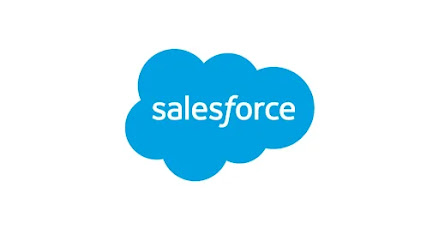The No-code revolution is inevitable. Here is what it means for your business.
What is no-code?
No-code platforms intend to significantly reduce the burden of acquiring technical knowledge of programming languages, and according to statistics, it seems they are succeeding.
In 2021, research firm Gartner forecasted a 23% increase in the global market for low-code/no-code development tools. It also projected that over 65% of all mobile application development activities will be through low-code/no-code platforms.
So, how do no-code platforms work?
No-code platforms definitely make it easier to create, but you also need to understand how the platforms work and that also requires a bit of learning. It is important to have as much knowledge as you possibly can about your preferred no-code platform so that you can significantly cut down the time spent creating. That being said it is still a lot more user-friendly than writing code.
No-code platforms primarily use drag-and-drop interfaces when creating websites and mobile applications. Technically, what no-code tools do is convert these drag-and-drop commands into a programming language for you. This happens seamlessly on the backend. The tools interpret your commands into whatever programming language your program needs. The creator does not need to understand the programming language(s).
How no-code is set to benefit businesses
Lowering the overall costs of ownership and maintenance:
Most advertorials of no-code will use phrases like “democratization of the internet” and “anybody can be a maker”. This alludes to the fact that with little training, pretty much anybody in business can be a developer. You can imagine the amount of money that business owners can save by allowing departments or staff to create their own web pages and applications. The need for a technical person like a software engineer will be minimal at best. Maintenance of webpages and mobile applications will also have low costs as no-code platforms provide excellent management tools for creators.
Meeting the demand for enterprise mobile applications
Gartner has suggested that mobile application development demand will grow at least five times faster than the developers’ capacity to deliver them. No code essentially rids businesses of this problem. If we all can create web software and mobile applications, we can help developers meet this demand.
Time factor
If you have ever worked with a software developer before, you understand how painstakingly long it takes for them to complete projects. Software developers are high-demand professionals and are often simultaneously contracted by different companies. Businesses always find themselves in a position of weakness when it comes to time management and web development. Also writing code is a time-intensive process and the more sophisticated the project is, the more time it will take. No-code will help in solving this by significantly cutting down the time it takes to conceive a website or mobile application, to the time it goes live. Some no-code proponents suggest that the time can be cut down to about 20%.
Maximizing internal resources
What if heads of departments could use no code to develop management systems? What if the marketing or finance department could utilize their internal personnel to develop monitoring and projection software? Human resources can develop staff management software to assist in identifying vacancy loopholes, role overlays, and staff redundancies. They will actually be the best people to create such systems because they are part of the establishment. All this can be done with a little training in no-code platforms. The best part is that there will be no need to contract external professionals for such projects.
Inspiring creativity and ownership
This benefit is never talked about as much as the others. Creativity and innovation are indispensable in modern-day businesses. Most companies consider how practical prospective employees are at solving problems before they are hired. No code allows employees to focus on determining the problems and finding solutions because they will now be able to be hands-on in problem-solving. This will catalyze creativity. As stated in the definition, it is not necessary for creators to worry about writing code or understanding the programming language. With no code, almost all the time is spent on finding solutions.
No-code versus low-code versus conventional coding
Some online articles use the terms ‘no-code’ and ‘low-code’ interchangeably. This is because the tools are usually provided on the same platforms. As the terms suggest, however, they are different.
No-code has zero coding and the creators depend entirely on drag-and-drop visual commands that the tools interpret to programming language. Quixy, Glide, Softr, and Salesforce are examples of popular no-code platforms.
Low-code development approach means that creators still use the drag-and-drop visual commands and the tools interpret the commands into programming language on the back end, but they can also write and generate their own code on the platform. Examples of low-code platforms include Quickbase, Mendix, Zoho Creator, and Microsoft Power apps.
Conventional coding involves the use of programming languages like C++, Python, or Java to build software. This is done by writing code. A creator must have extensive knowledge of the programming language in use to be able to create software.
Final thoughts
There is definitely a business case to be made for no-code platforms. However, this article is not meant to dissuade creators and businesses from conventional coding or software developers. They are a vital part of the digital ecosystem. No-code is not in any way meant to replace software developers but to complement them. Companies that are looking into integrating no-code platforms in their systems need to consider organizational realignment to accommodate the new platforms. They should also thoroughly address security challenges that may come with the adoption of these platforms to avoid being victims of cybercrime.
Did you find this post helpful? Stay up to date with the latest tech news on our blog. See what SaaS giant Salesforce and Tesla have in common here.



Comments
Post a Comment